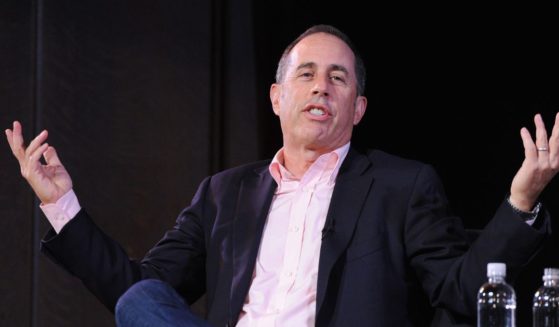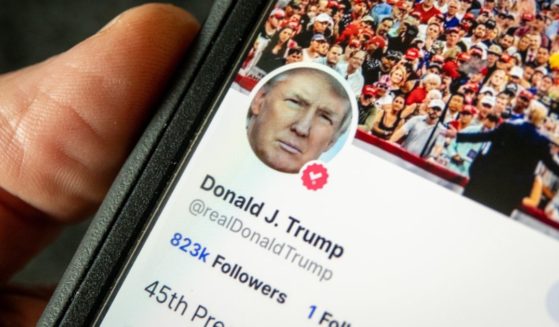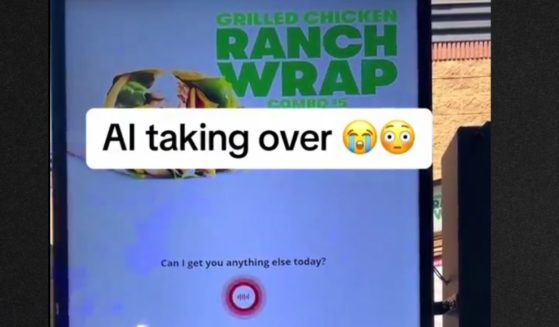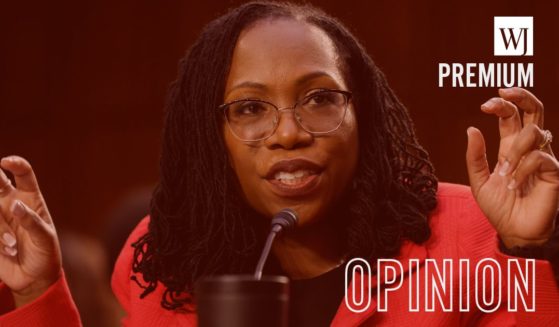Woman Discovers True Cost of 'Free' Gov't-Subsidized Solar When She Goes To Sell Home
As part of the liberal obsession with man-made “climate change” or global warming/cooling — whichever seems to fit the particular weather at any given moment — there has been a substantial push for many years to transition away from fossil-fuel derived energy to more renewable sources, such as solar energy.
In the United Kingdom, that push to move toward more solar energy production resulted in a scheme that involved the government subsidizing the costs to install and maintain solar panels on individual residences … with a major catch, of course.
The U.K. Guardian reported that the subsidies — known as feed-in tariffs, or FITs — are paid by the government to the owners of residential roof-installed solar panels as compensation for the additional energy they produce above what the residence requires that is then “fed in” to the larger energy grid.
They were first introduced in 2010, but have since been slashed dramatically and are slated to be discontinued in March 2019.
While that may sound all well and good, a significant problem developed in that the installation of solar panels on residential roofs can be rather costly — approximately 12,000 British pounds, according to the Guardian (about $15,000 in U.S. currency).
That gave rise to a scheme in which private contractors agreed to install solar panels on homes for “free” in exchange for being allowed to pocket the FITs as part of a 25-year lease agreement with the homeowner. At the end of the lease, the solar panels and FITs would belong solely to the homeowner.
In effect, that meant the homeowners had essentially leased away ownership of the very roof over their own heads for 25 years, which really became a problem when those homeowners attempted to remodel, re-mortgage or sell their home, or even just make roof repairs.
The Guardian reported on the case of a woman identified as “Julie Griffiths” (not her real name), who signed on to one such agreement several years ago, but discovered that she was now incapable of selling her home earlier this year when a buyer’s mortgage application was rejected due to the roof lease that ceded ownership to the solar panel installation company.
“A clause in the lease allowed us to buy out the panels for a fee to compensate the company for the loss of their FITs,” the woman told The Guardian. “We were prepared to do it to be able to sell our house and move on with our lives, but the company had passed the management of the panels on to an agent, who seemed reluctant to let us proceed.”
After some back-and-forth, as well as intervention on the woman’s behalf by some in the media, the company allowed the woman to buy back her roof and solar panels for a non-negotiable fee equivalent to more than $26,000, nearly twice as much as it would have cost her to purchase and install the solar panels herself.
On top of that, she had essentially forfeited eight years in payments of FITs — estimated to be worth roughly $9,000 — by signing on to the subsidized scheme, all of which meant that the “free” solar panel system ending up costing the equivalent of a little more than $20,000 out of pocket once all was said and done, according to the Guardian article.
Unfortunately, this woman is far from alone in finding herself caught up in this costly mess, as countless other homeowners were exploited by startup companies — many of which no longer exist — that profited greatly in the early days of the government-incentivized scheme to install residential solar panels.
Those startup companies earned on average about $30,000 per installation, and while the homeowners enjoyed substantially reduced energy costs, the companies enjoyed the subsidies they were pocketing.
However, as technology improved and installation costs decreased dramatically, so too did the subsidies — as much as 90 percent — which rendered the scheme far less lucrative and prompted many of the companies to sell off the leases they held or simply go out of business.
That has left homeowners in a lurch as it is sometimes unclear who holds the lease to their own roof now.
The fact that those homeowners don’t actually own the roof over their heads, as it is tied up in a multi-year lease, is generally looked upon unfavorably by banks and mortgage lenders when the homeowners attempt to sell, even if a buyer is willing to take on the remaining years of the lease.
To be sure, there are mortgage lenders that will agree to handle loans for properties with solar panel leases, provided a few specific conditions are met, such as accreditation for the installation company, approval and insurance for the installation itself and the ability to temporarily remove the panels without missing FIT payments — such as for roof repairs — as well as permission from the lender.
Unfortunately, many of the startup companies that engaged in the scheme failed to live up to one or more of those conditions. Now that many of those same companies are out of business and homeowners or lenders are unable to contact them, it makes it virtually impossible for some homeowners to sell the property or even conduct any remodeling or repairs, until either the lease expires or they are able to prove to the government that they are indeed the property owner.
Though the initial costs are rather high, these homeowners would have been better off purchasing the solar panels themselves instead of leasing away ownership of their own roof in exchange for “free” solar panels.
In the end, this is just the latest example of how nothing is ever truly “free” — especially when the government is involved — as there is always a cost to be paid by someone, somewhere … sometimes even by the person who thought they were getting something “free” in the first place.
Truth and Accuracy
We are committed to truth and accuracy in all of our journalism. Read our editorial standards.












